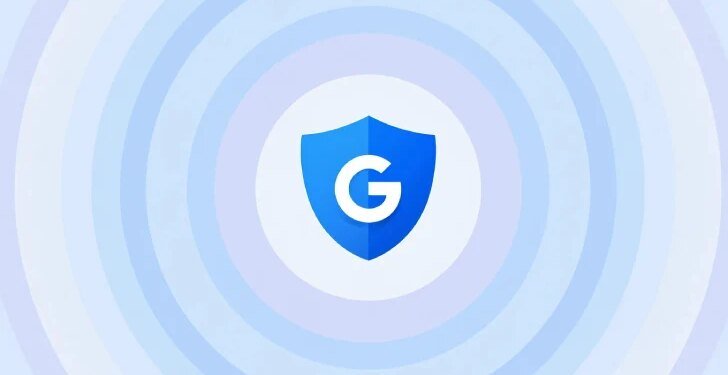How Google Tackled the Ad Apocalypse: Blocking 5.1 Billion Harmful Ads in 2024
In the rapidly evolving landscape of online advertising, the year 2024 stood as a beacon of transformation and security. Google’s headline-making initiative to block 5.1 billion harmful ads and suspend 39.2 million advertiser accounts was not just a quantitative achievement but a qualitative leap towards a safer digital space. This comprehensive endeavor underscores Google’s unwavering commitment to fostering a secure and user-friendly environment in the world of online advertising. Let’s dive deep into how Google successfully handled this immense challenge and what it portends for the future of digital advertising.
🚀 A Herculean Effort to Foster a Safe Ad Environment
Google’s actions in 2024 were not merely about impressive statistics; they signified a relentless pursuit of a safer internet for everyone. The overwhelming crackdown on harmful ads was part of Google’s ongoing campaign against bad actors who aim to distribute misinformation, scams, and malicious content. These harmful ads, including phishing attempts and fraudulent schemes, have long been a significant threat to users globally. Google’s proactive approach sends a clear and powerful message: false advertising will no longer be tolerated.
🔎 Enhanced Ad Monitoring and Advanced AI
To tackle the complex web of harmful advertising, Google leveraged a sophisticated blend of human oversight and advanced artificial intelligence. By incessantly refining its machine learning algorithms, Google improved its ability to spot patterns and trends indicative of malicious advertising behavior. This technological prowess allowed Google to be more proactive and efficient, eliminating harmful content before it could reach unsuspecting users.
💼 The Suspension of 39.2 Million Accounts: A Necessary Measure
One of the cornerstones of Google’s 2024 strategy to secure its ad platform was the suspension of 39.2 million advertiser accounts. This decisive measure was crucial for preserving the integrity of Google’s advertising system. By swiftly acting against advertisers promoting misleading or harmful content, Google ensured that only legitimate businesses could operate on a platform that values transparency and consumer safety.
🌟 Impact on Advertisers and Users: Trust and Transparency
The ramifications of Google’s actions are far-reaching, impacting both advertisers and users. For advertisers, these measures institute new benchmarks for ensuring that their ads are honest, compliant, and trustworthy. For users, it cultivates confidence in the credibility of the ads they encounter, significantly reducing the likelihood of misleading information and scams.
Google’s rigorous ad vetting process is a testament to the paramount importance of trust and transparency in digital advertising. This initiative not only solidifies the integrity of its advertising ecosystem but also sets a new standard for industry peers to emulate.
🔮 The Future of Digital Advertising in the Wake of Change
Looking ahead, Google’s 2024 ad policies illuminate the potential for a more secure and user-friendly internet landscape. Through its investments in technology and user education, Google is forging an advertising ecosystem where quality and safety are inextricably linked. This paradigm shift is likely to inspire other platforms to follow suit, sparking a ripple effect in the digital advertising space that prioritizes user trust above all.
By prioritizing user safety and platform integrity, Google’s efforts in 2024 have redefined the advertising landscape, making it a safer haven for both consumers and legitimate businesses. As the world of online advertising continues to evolve, keeping an eye on this transformative space is essential as it charts its path toward a future filled with potential and security.
Google’s exhaustive initiative in 2024 to block harmful ads and suspend rogue advertiser accounts has etched a new benchmark in digital advertising, underscoring the vital interplay of safety, trust, and innovation in an ever-changing digital ecosystem.




















































